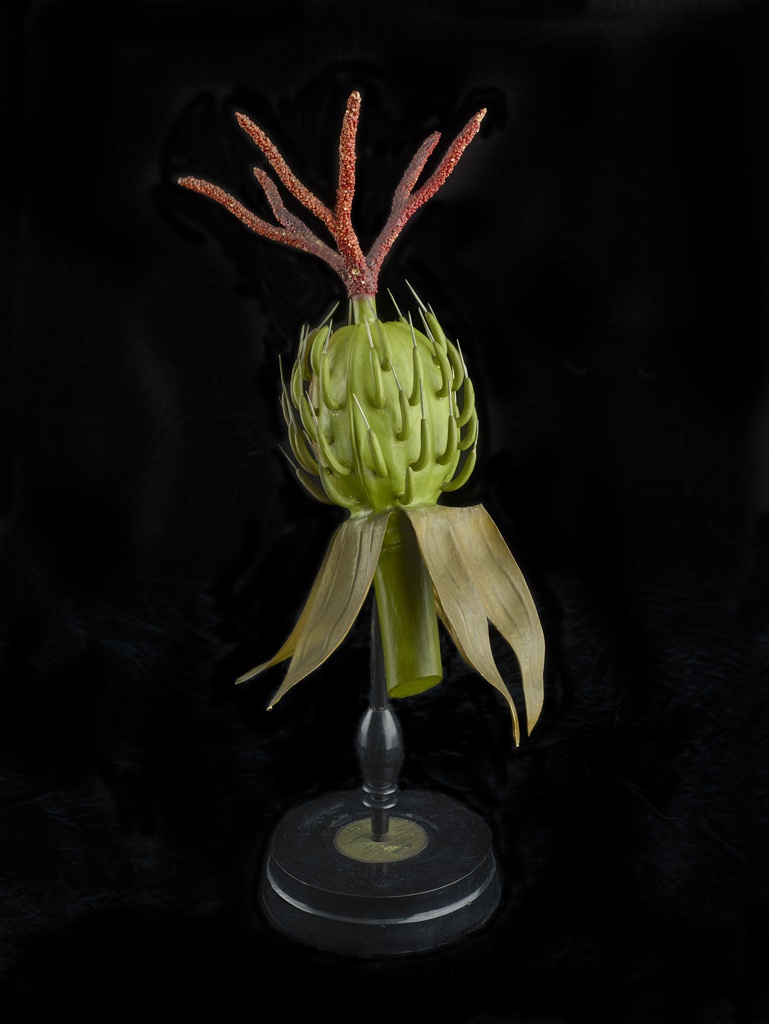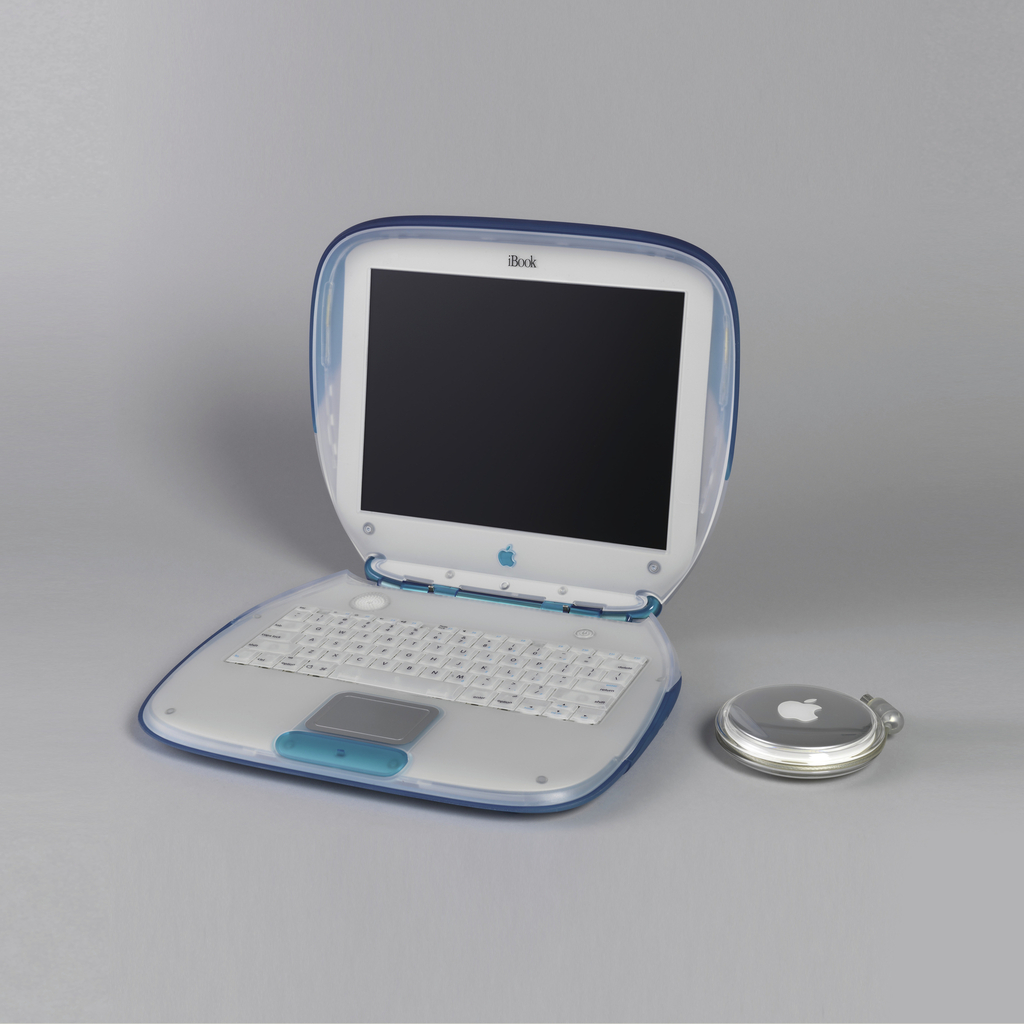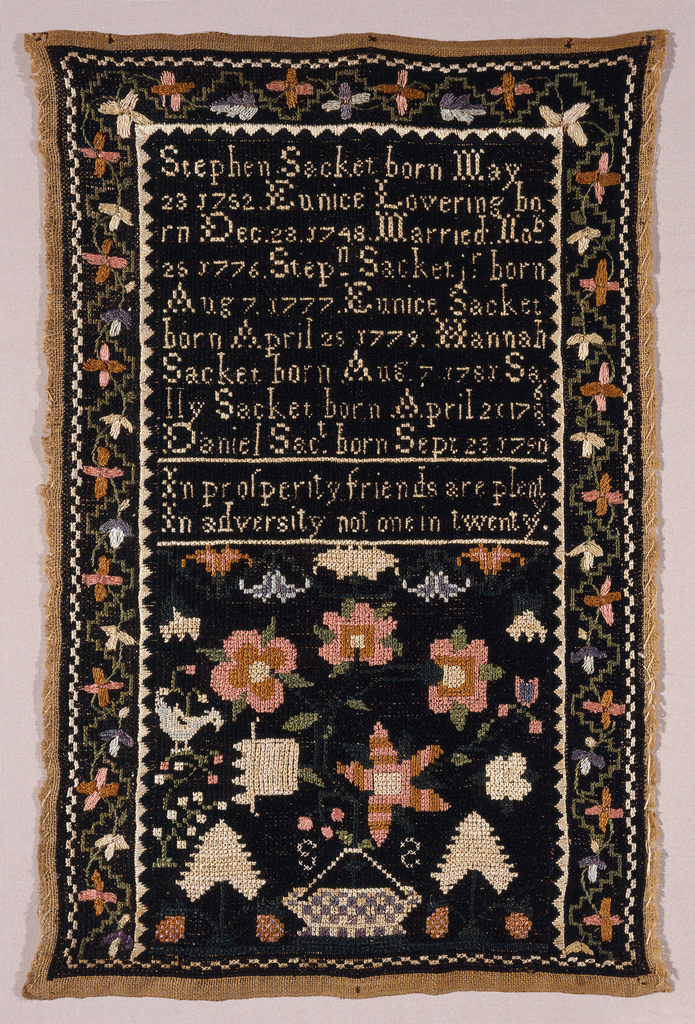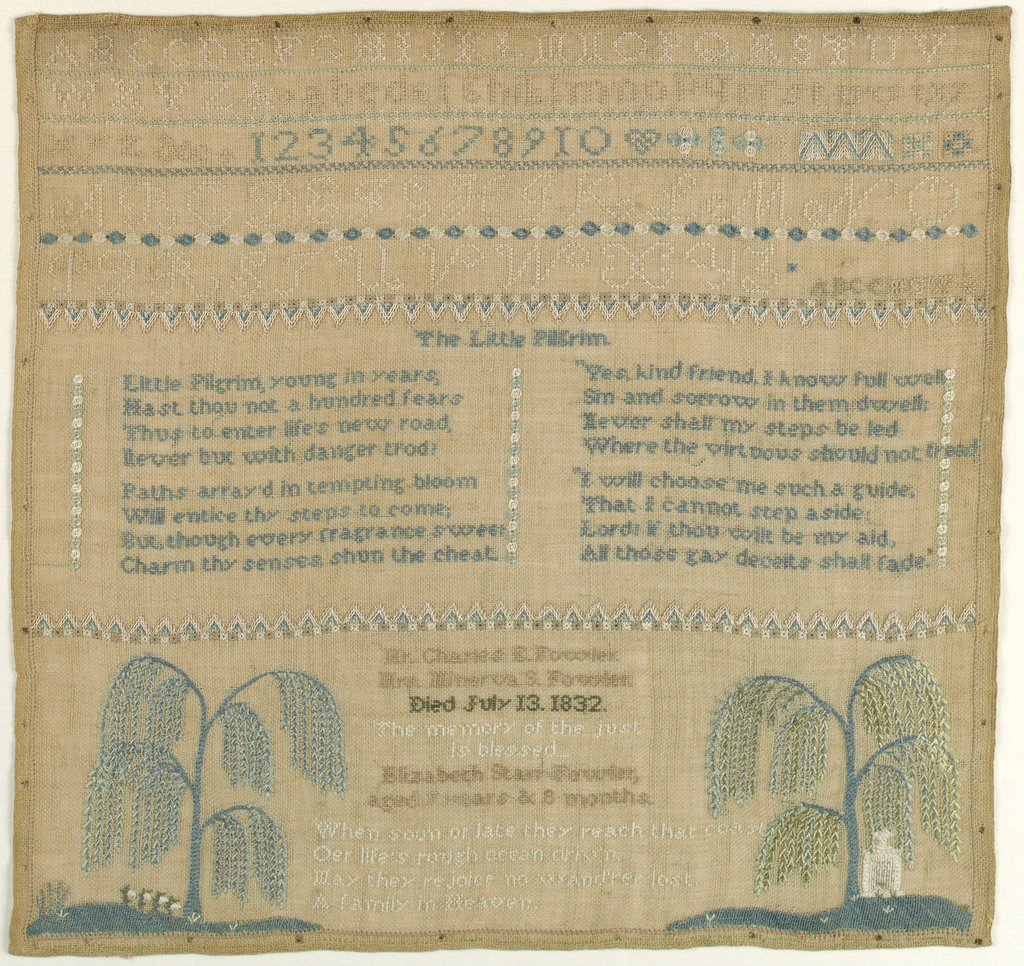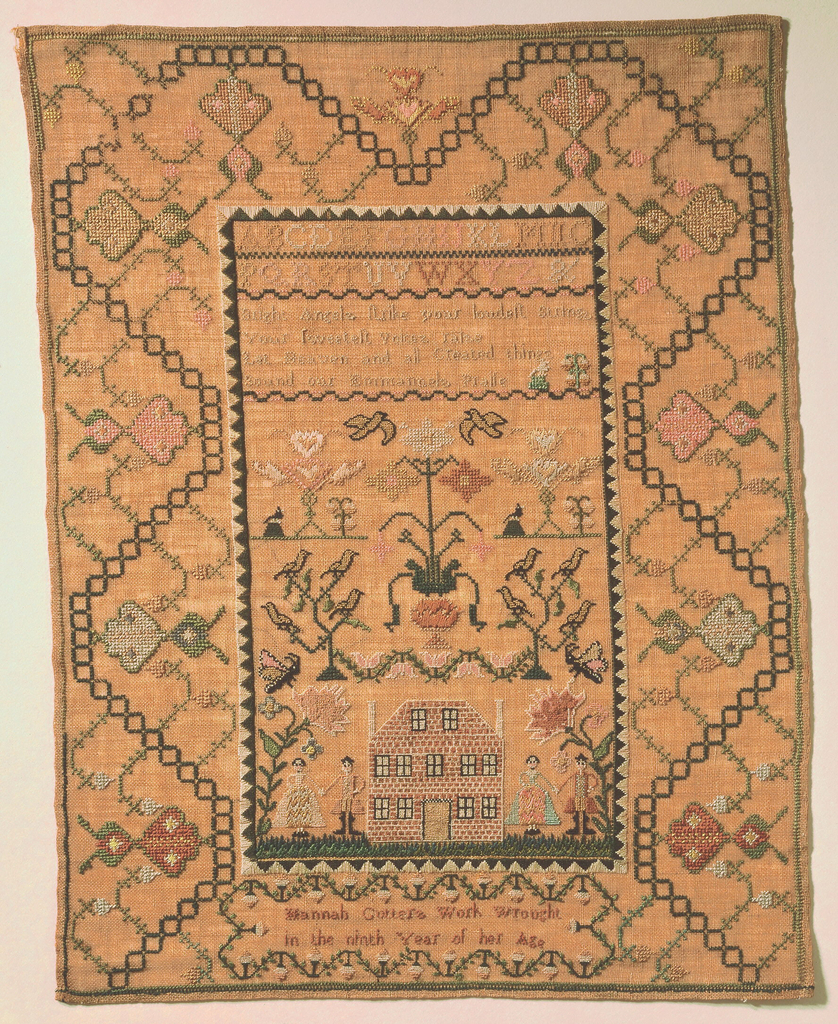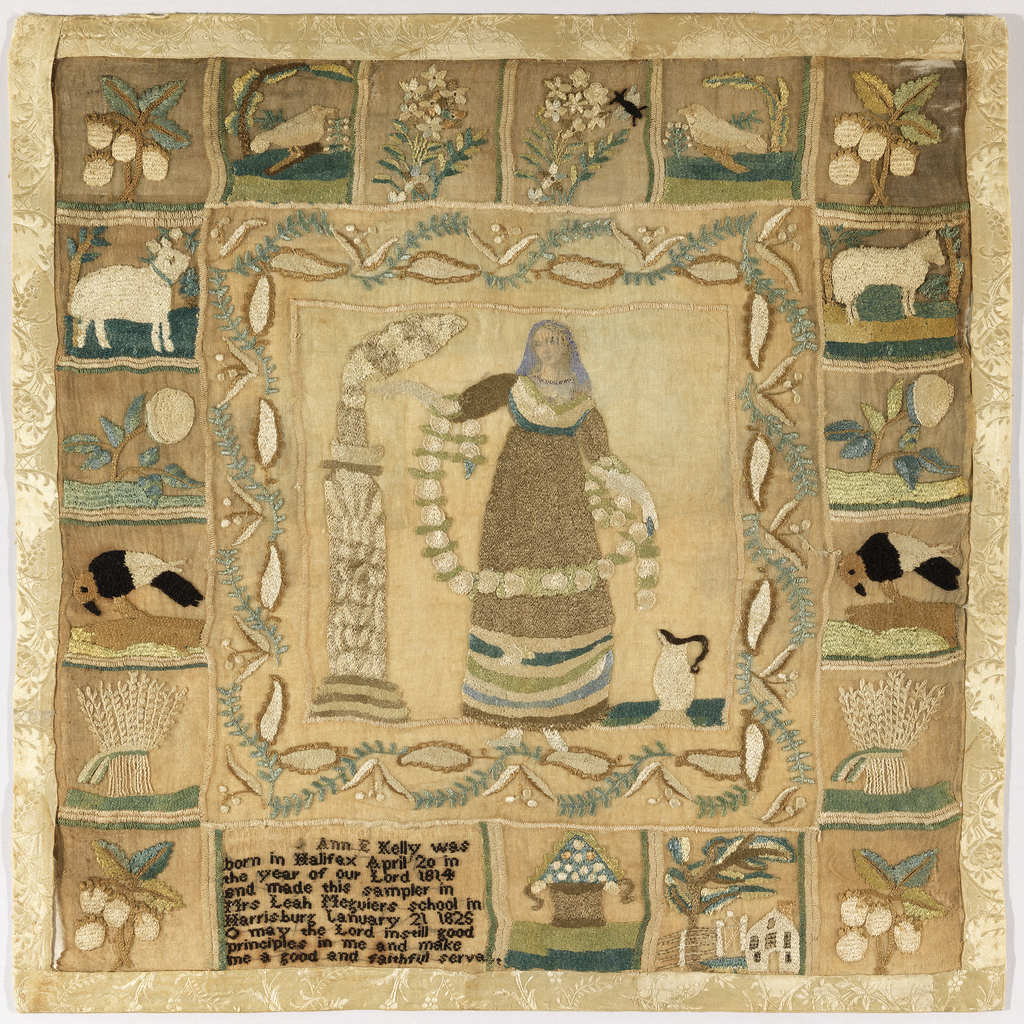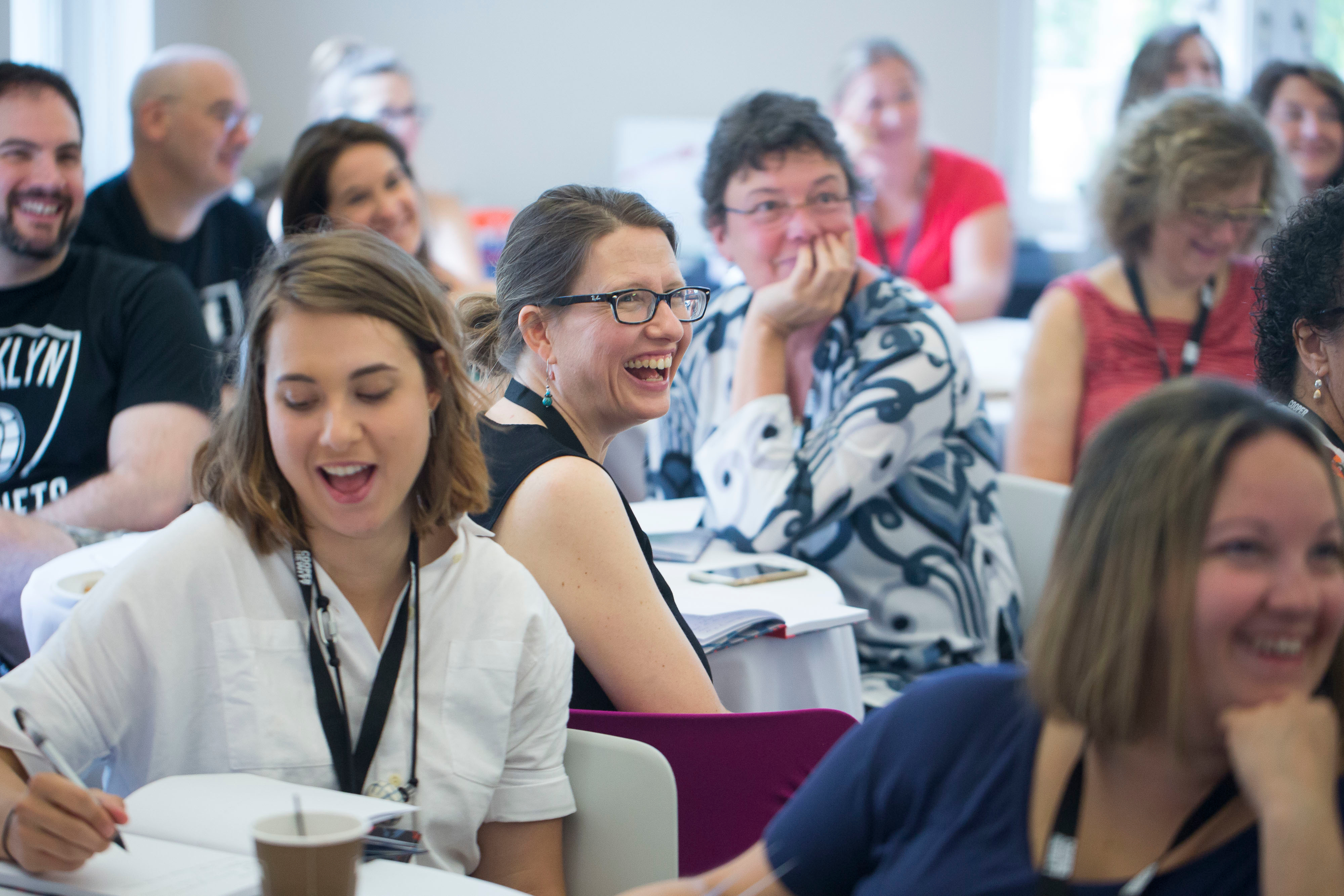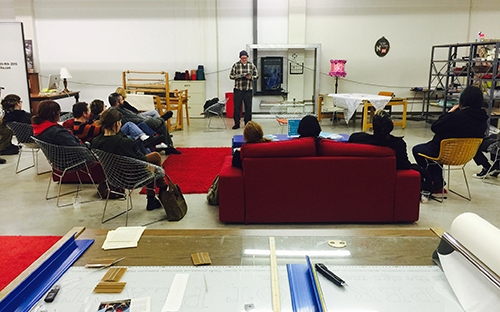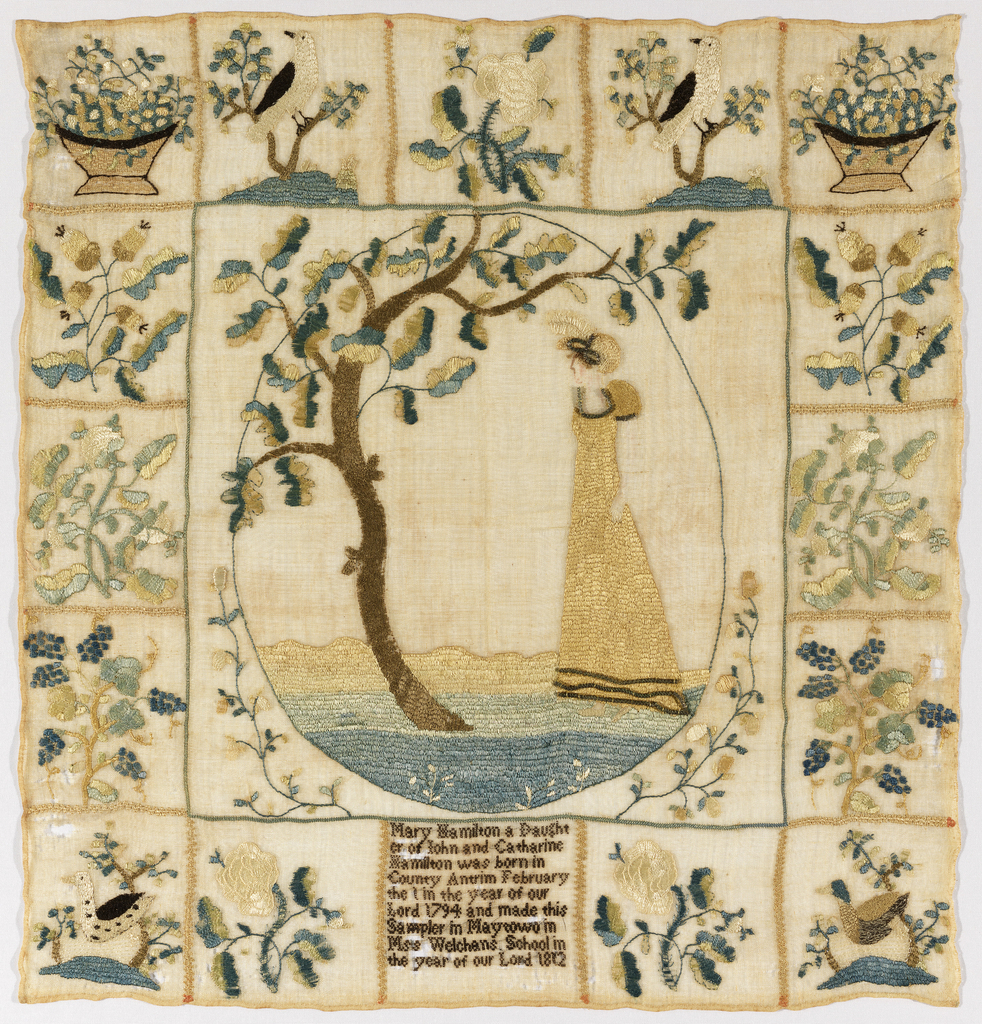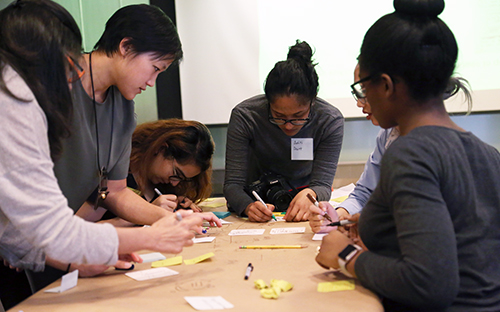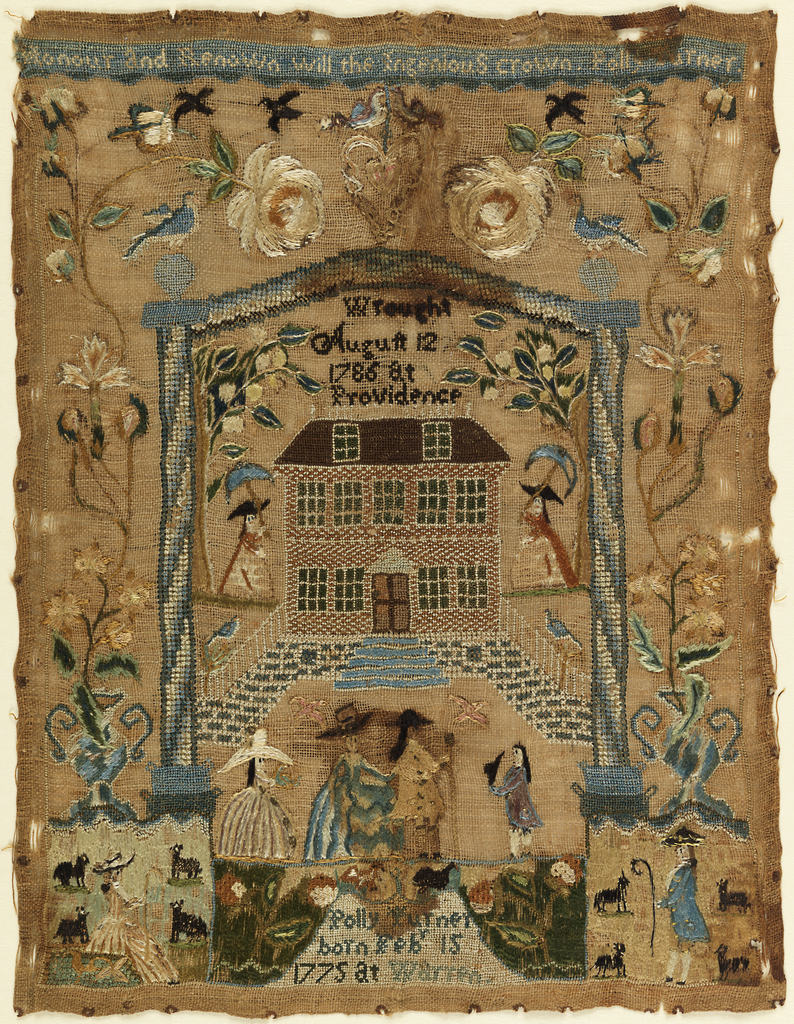This Object of the Day post celebrates the opening of Nature by Design: Botanical Expressions, on view from December 7, 2019-January 10, 2021. In the rapidly changing world of the nineteenth century, the expansion of industrialization was accompanied by an increased interest in science. Alongside major discoveries such as Darwin’s theory of evolution, Mendeleev’s periodic table,...
Today’s Object of the Day celebrates the winners of Cooper Hewitt’s National Design Awards. Honoring lasting achievement in American design, the Awards take place annually during National Design Week, with festivities for all ages celebrating design creativity and innovation. Today’s post was originally published on September 9, 2015. “When was the last time someone offered...
The unstructured nature of this family register sampler, initialed “SS” and attributed to Sally Sacket (b. 1786), is typical of eighteenth-century examples. In contrast to the more organized genealogy samplers that appear after 1800, the text here is run together in continuous lines. Sally’s sampler is one of a group of three Westfield, Massachusetts, examples...
This sampler was worked by nine-year-old Elizabeth Starr Fowler (1822–1904) shortly after the death of her mother. It is unusual in that it combines elements of a traditional alphabet sampler with those of a mourning piece. At the top of the sampler are several rows of alphabets followed by a verse. The bottom section includes...
Hannah Cutter’s sampler is part of a large group of related examples worked from about 1790 until at least 1805 in Boston or nearby towns in Middlesex County. Typical characteristics of these samplers are deeply arcaded borders surrounding a central panel comprising an alphabet, verse, and pictorial elements framed by a saw-tooth border. The pictorial...
This sampler was worked in 1828 [or 1825] by Ann E. Kelly at the Harrisburg, Pennsylvania, school of Leah Maguire. The central scene is either biblical or classical, and was undoubtedly inspired by a yet to be identified print source. It depicts a woman holding a long garland of flowers who appears to making a...
July 11-13, Cooper Hewitt, Smithsonian Design Museum hosted its Design Thinking Workshop for 30 K-12 educators invited from across the country for an immersive how-to on integrating designer methodology into the classroom. “We’re all educators here. You’re my people!” Director of Education Ruki Ravikumar welcomed the group of selected computer science educators, art educators, English...
Essay by Julie Sangborn about the changing vision for some of New York City's public libraries.
Excerpt from Mindy Thompson Fullilove, Molly Rose Kaufman, and Aubrey Murdock's essay “The Aesthetics of Equity: A Magic Strategy for the Healthy City” about the innovative urban renewal efforts in the city of Orange, New Jersey.
Interview with Corinne Hill, director of the Chattanooga Public Library, who created a unique maker space and civic commons in the Library's downtown branch.
This sampler was worked in 1812 by Mary Hamilton at the Maytown, Pennsylvania, school of Catherine Welshans (who became Catherine Welshans Buchanan after her 1813 marriage). The central scene depicts a woman, fashionably attired in a feathered headdress, standing beneath a tree. The border is made up of compartmentalized motifs, including baskets of flowers, flowering...
In 2012, math professor Laurie Rubel developed, with support from the National Science Foundation, the City Digits project to help high school students learn math by examining urban injustices in their own New York City neighborhood. Partnering with civic designer Sarah Williams, the team designed a set of place-based learning tools to integrate richer data...
In conjunction with the exhibition By the People: Designing a Better America, Cooper Hewitt collaborated with IBM to host a hands-on workshop that explored design thinking and the tools required to meet social, economic, and climate change challenges. Guest designers and By the People exhibitor Anthony Schloss from Brooklyn’s Red Hook WIFI initiative shared how their...
Polly Turner’s sampler, worked in 1786, is one of the earliest known examples made at Mary Balch’s school in Providence, Rhode Island. According to tradition, the sampler’s five-bay house represents the residence of the president of Rhode Island College. Polly’s is the first known needlework depiction of the house, which appears on at least six...
In 2013, architectural designer Deanna Van Buren and social scientist Barb Toews established Designing Justice+Designing Spaces (DJ+DS) to facilitate the design of more restorative and healing criminal-justice environments through community engagement in jails and prisons. Their work is featured in the exhibition By the People: Designing a Better America, curated by Cynthia Smith, Curator of...
